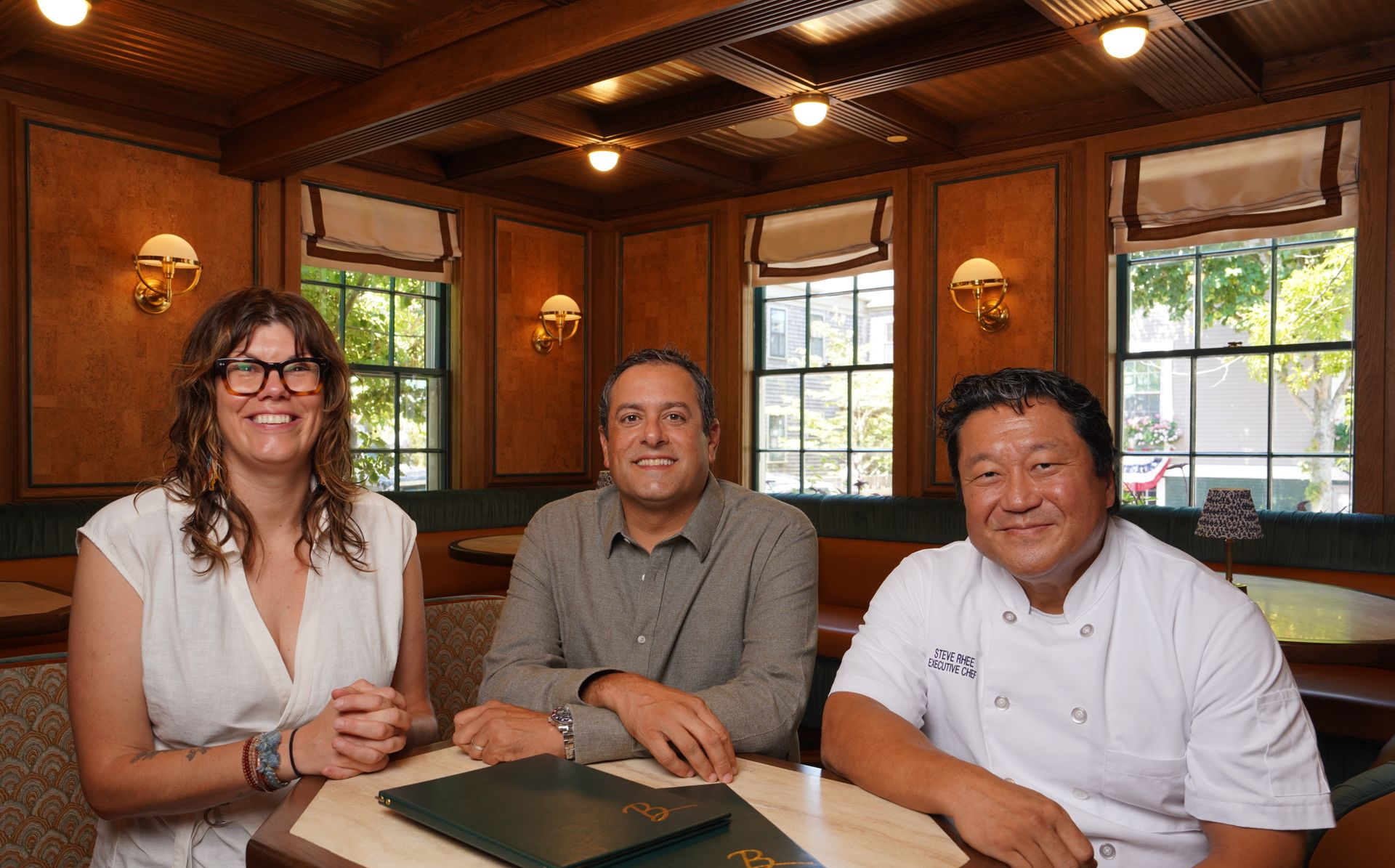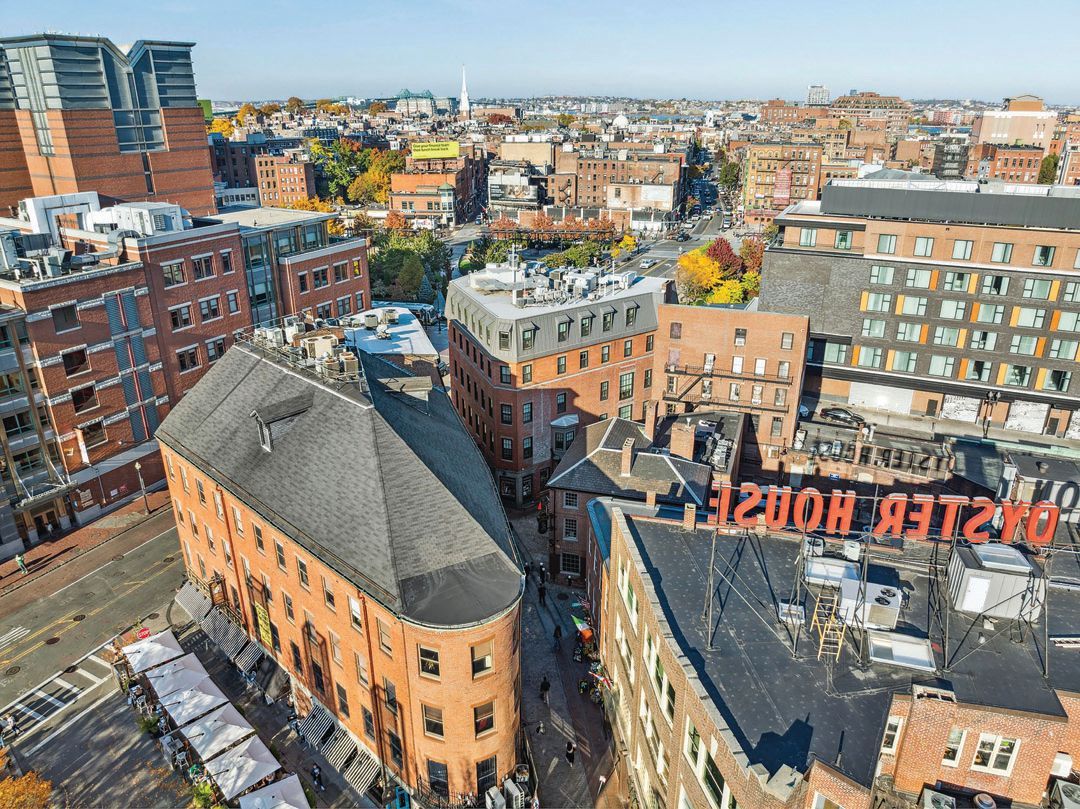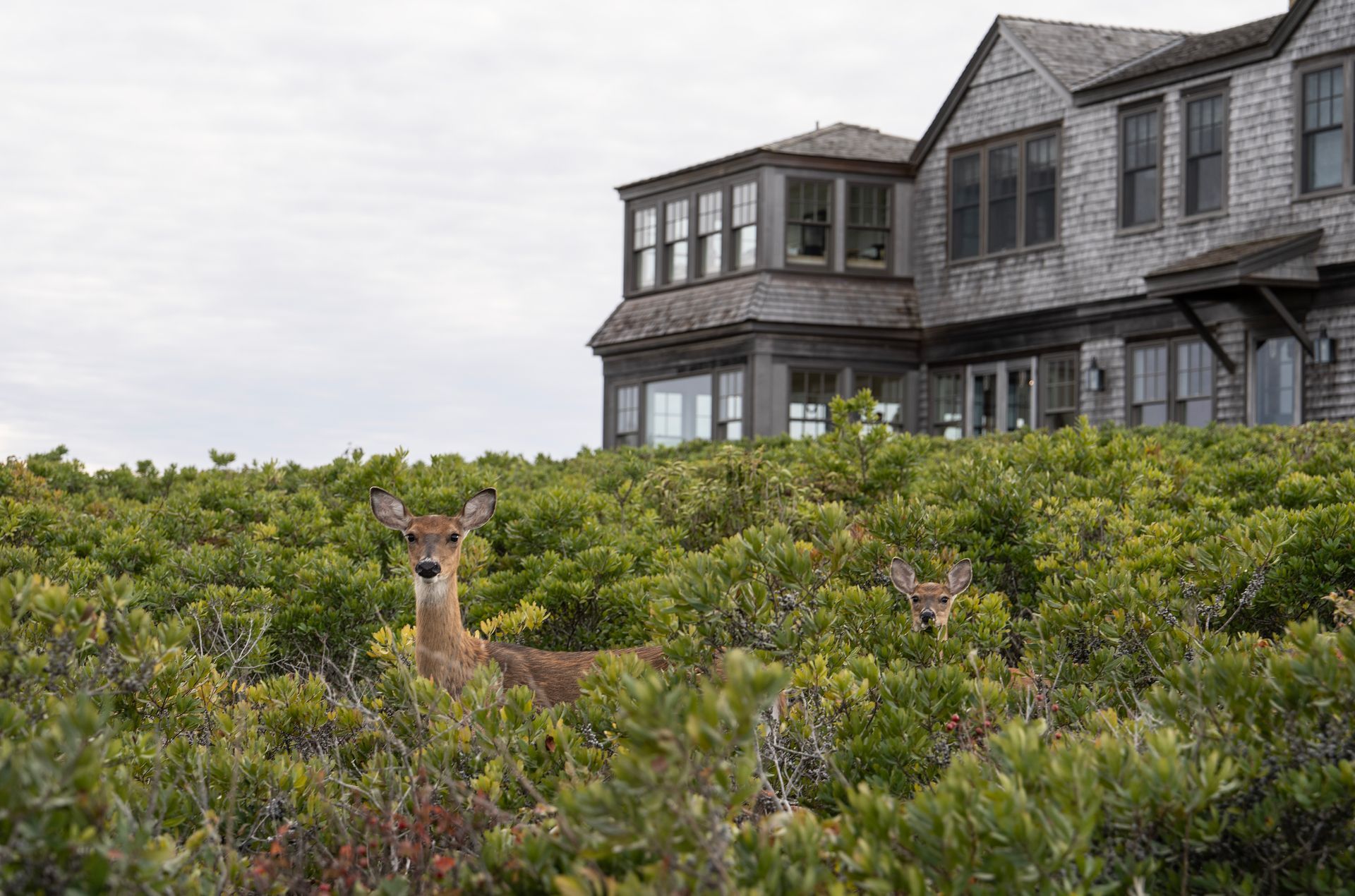WRECKED
The mission to identify the shipwreck discovered this winter.
On Friday of Christmas Stroll weekend last year, year-round resident Mike Campbell was walking the beaches between Miacomet and Surfside when he came upon the remains of a long-buried shipwreck. It was unmistakable, the wooden ribs of the hull sticking up from the sand like a pirate’s skeleton in a fish tank. Campbell snapped a photo and sent it to Evan Schwanfelder, the director of education and public programs at Egan Maritime Institute, which operates the Shipwreck and Lifesaving Museum. The next day, local landscaper Matt Palka was riding his bike and stopped at the beach. Excited by what he discovered, he sent pictures to Nantucket Current editor Jason Graziadei, and soon, the whole island knew. “I didn’t know what to do,” Schwanfelder says, his boyish enthusiasm as apparent as on the first day he learned about it. “I didn’t know who to call, who had jurisdiction. I had no idea what the protocol was.”
That’s understandable, given that stumbling upon a find like this is a once-in-a-blue-moon occurrence. After a quick Google search, Evan found the Massachusetts Board of Underwater Archaeological Resources, “the sole trustee of the Commonwealth’s underwater cultural heritage,” and its director, Dave Robinson.
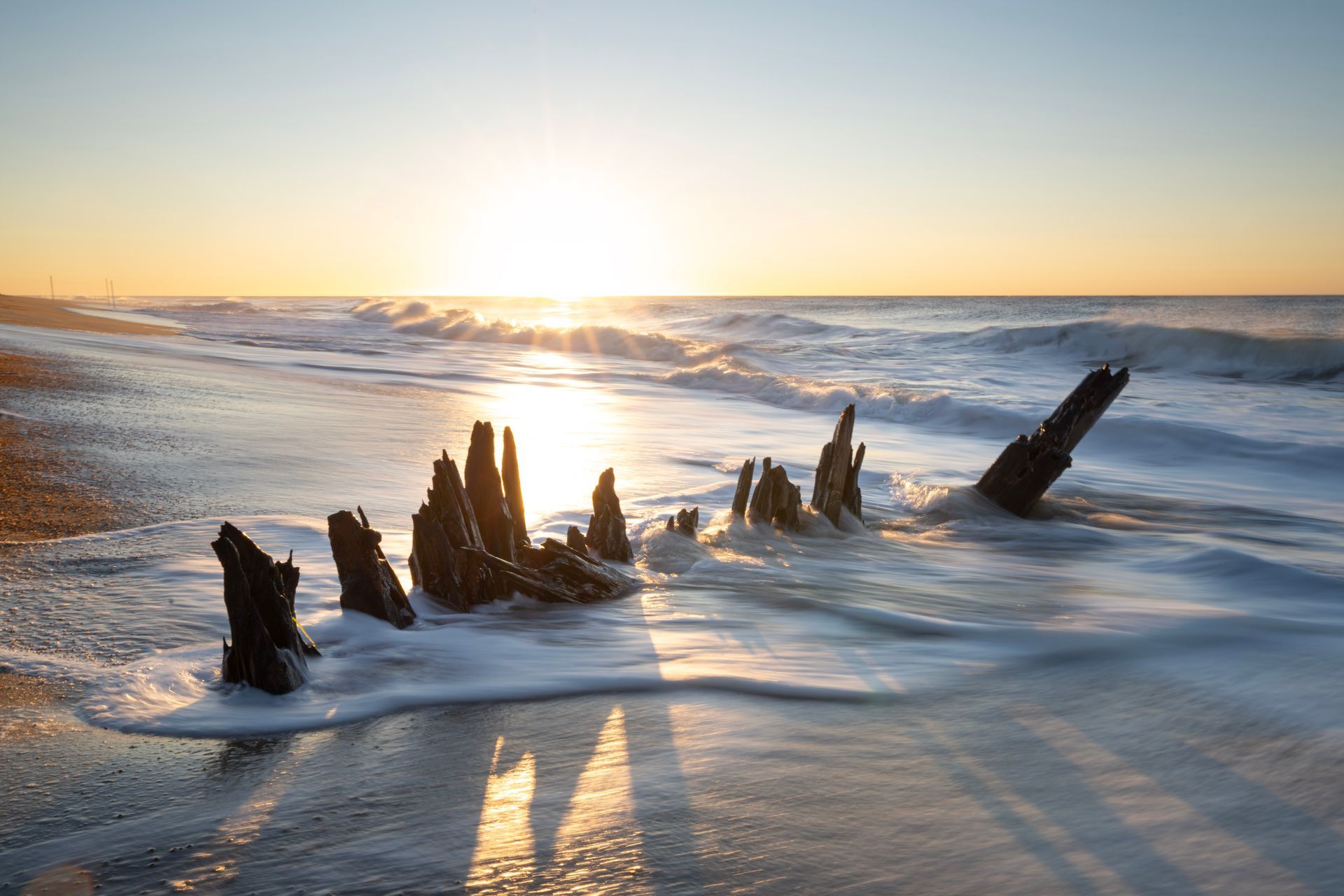
We filled out a one-page report, and Dave got down here almost immediately,” Schwanfelder recounts. They surveyed the site joined by Graham McKay, a marine archaeologist and boat builder; Michael Harrison of the Nantucket Historical Association; and island preservation planner Holly Backus.
The remains were clearly that of a wooden sailing ship, and it appeared to be the bow, but there were no identifying markings. Vessels of that type were a dime a dozen well into the early twentieth century. As Schwanfelder puts it, “They were the tractor-trailers of their day, hauling stuff up and down the East Coast.”
Archaeology in sand is an entirely different beast than archaeology in dirt. To excavate the wreck was both logistically impractical and prohibitively expensive. So, under Robinson’s aegis, they took photographs and precise measurements of the exposed timbers, marked GPS coordinates and noted observations about details like wood composition. Everyone involved was keen to establish the exact identity of the ship, but there was nothing definitively distinguishing about the remains. It was time for a little historical sleuthing.
Mystic Seaport Museum in Mystic, Connecticut, has an extensive archive—boat builders’ records, bills of sale, ship manifests, insurance inspection documents—on many of the commercial vessels that plied the waters around New England during the golden age of sail. After sifting through them, Robinson lit upon a likely suspect: the Warren Sawyer, a three-masted schooner that foundered on the shoals off the south shore of Nantucket on December 22, 1884. It was carrying a cargo of cotton and scrap iron from New Orleans to Boston.
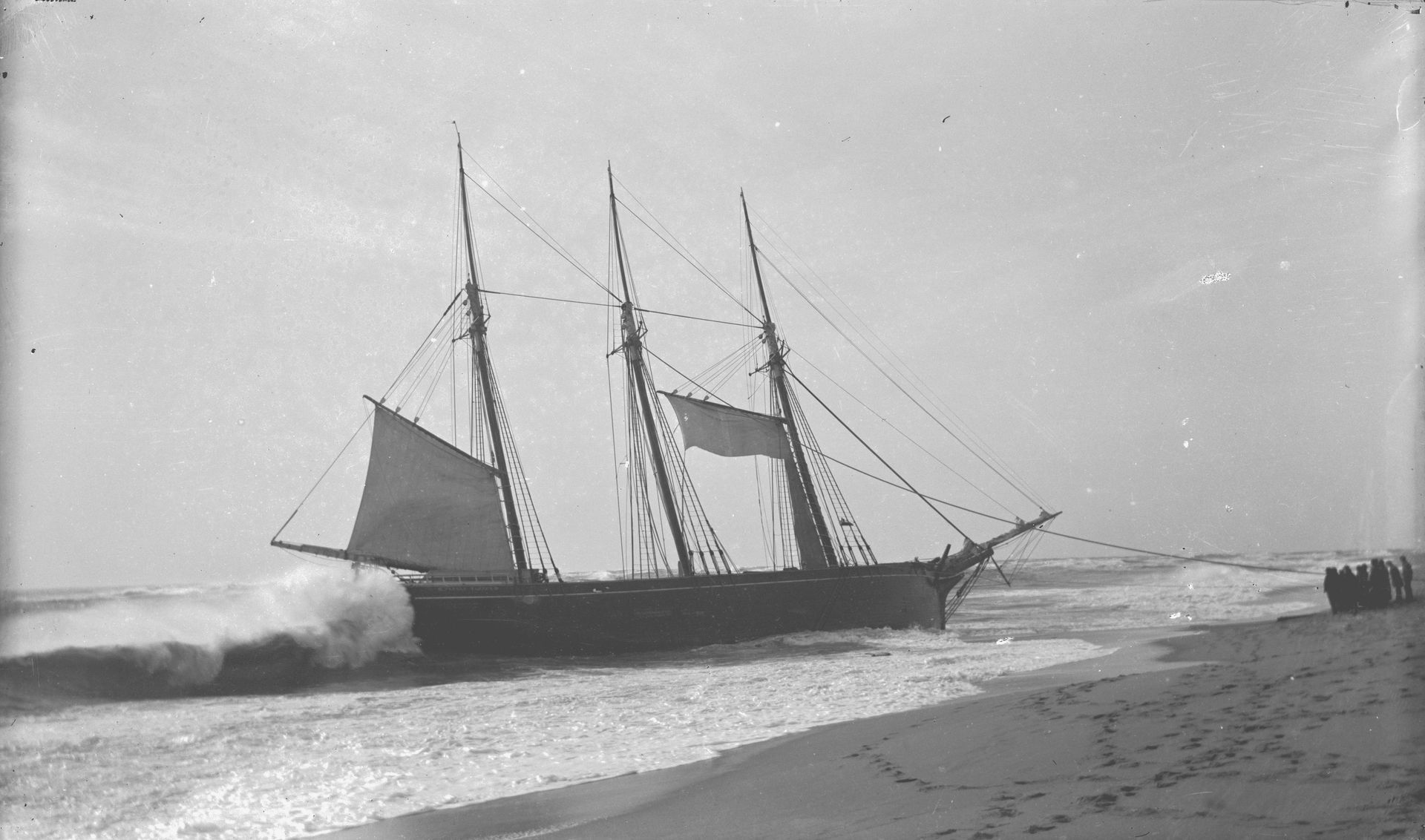
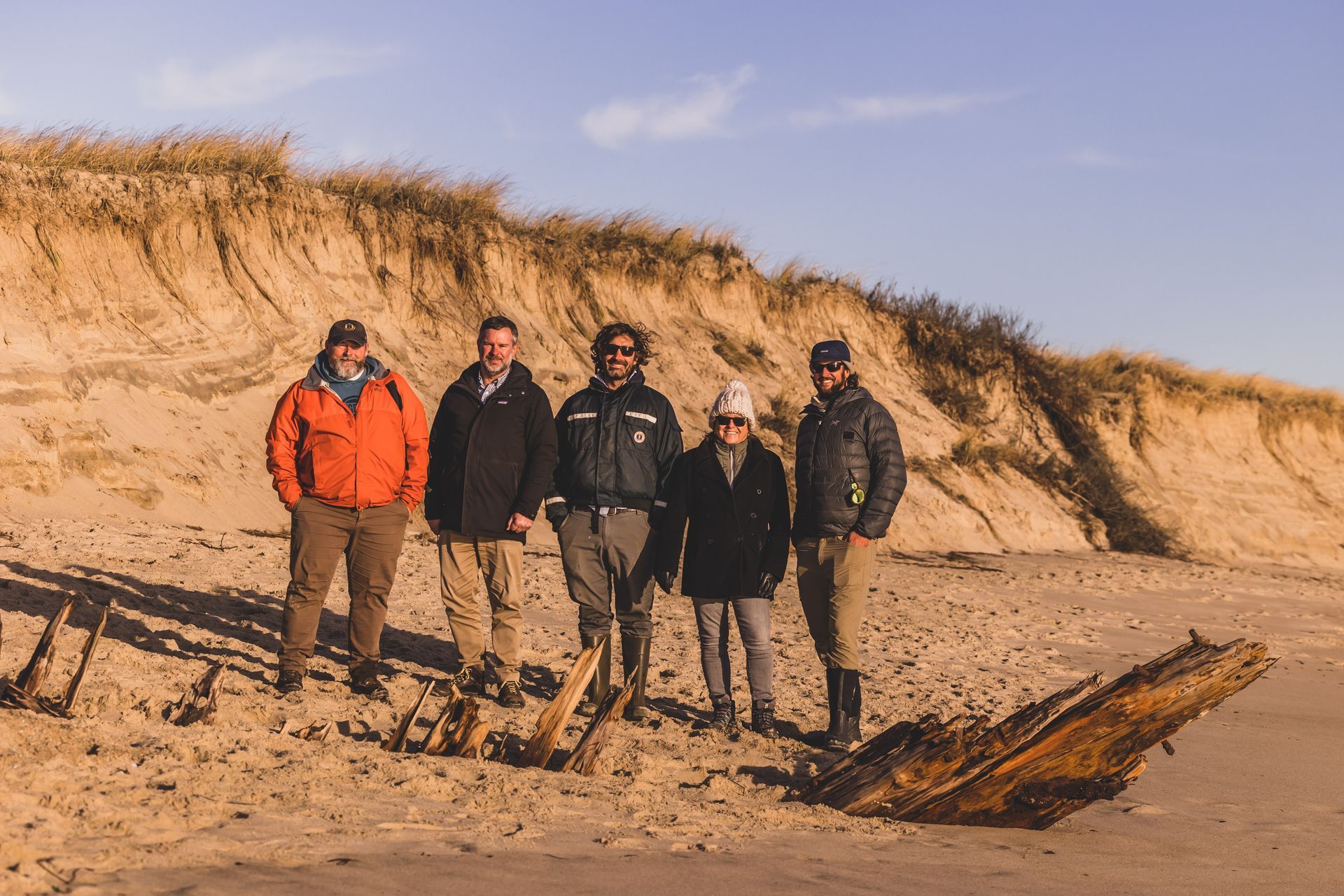
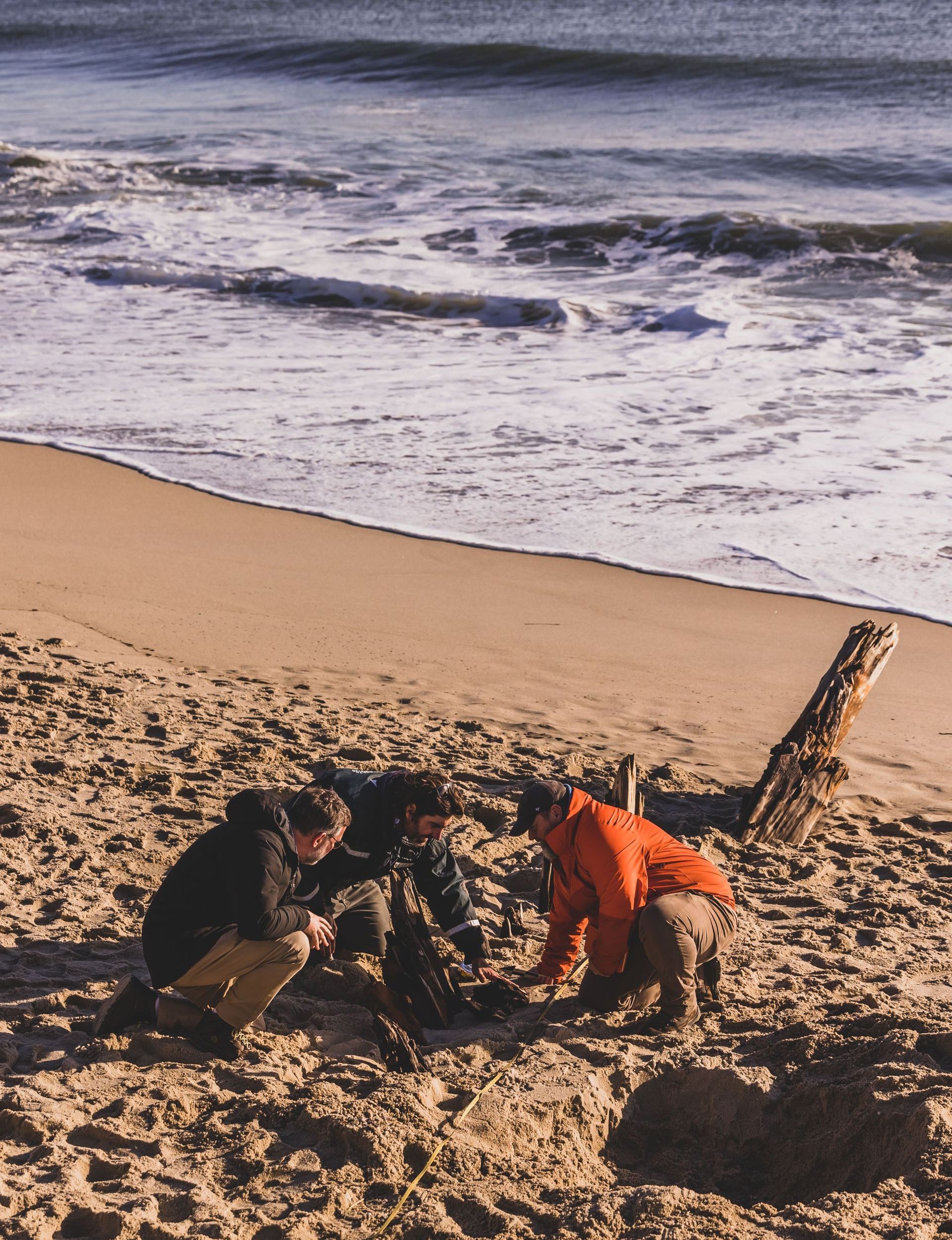
According to a statement issued by the Shipwreck and Lifesaving Museum’s director, Charles Allard, “Her unfortunate end...is one of Nantucket’s most complete and remarkable stories of shoals, storms, and rescue. The Surfside Life-Saving Station saved the crew, and wreckers salvaged most of the cargo.”
However, Robinson says, “in trying to arrive at a conclusive determination as to whether or not the wreckage is from the Warren Sawyer, it was a bit like pulling a thread on a sweater. The more interesting information I looked at, the more I found.” And while he found nothing to suggest that it wasn’t the Warren Sawyer, he found nothing to confirm beyond a shadow of a doubt that it was.
Despite this frustration, the conundrum prodded Schwanfelder to revive his podcast, Time and Tide Nantucket, and devote his first episode to the enigmatic shipwreck. “I’d been trying to reboot the podcast, and then this came out of the ether and landed on our plate,” he says. Fast forward to February 9, right after a heavy storm and just as Schwanfelder was putting together the next episode. A section of the stern showed up on the beach, roughly 1,000 feet west of where the bow remnants had, by then, receded back into the sand. When Schwanfelder contacted Robinson, the latter’s first question was “Is there copper?” The insurance records in Mystic Seaport Museum indicated that the Warren Sawyer had copper fastenings.
“On the photos I sent him, Dave highlighted where to look,” Schwanfelder says, “and I went back at low tide. Looking at the exact spot Dave suggested, I could see a little black nail head, a piece of copper, which was really cool. We now had enough evidence to say that it’s the Warren Sawyer, although, if we could find pieces of the cargo or the bell, we’d be closer to 100 percent.”
“This is wonderful for Egan Maritime because it encompasses everything we do,” says Carlisle Jensen, the executive director. “The history, being able to use the site as an outdoor classroom. It plays into the Shipwreck and Lifesaving Museum and our maritime education program, Sea of Opportunities. It really marries the two sides of our mission.” She and Schwanfelder now plan to develop educational programs, including a “citizen science project” and guided walking tours.
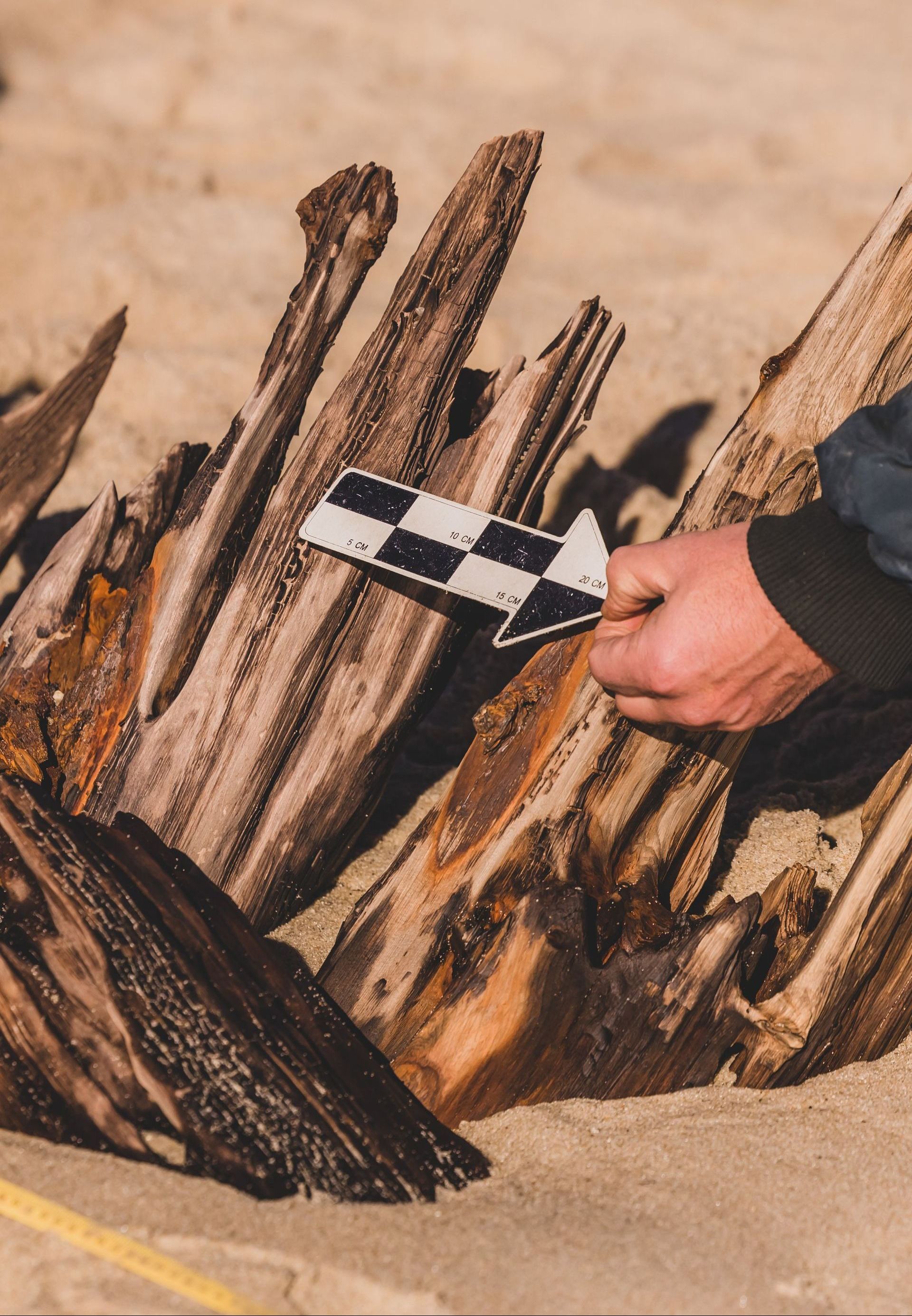
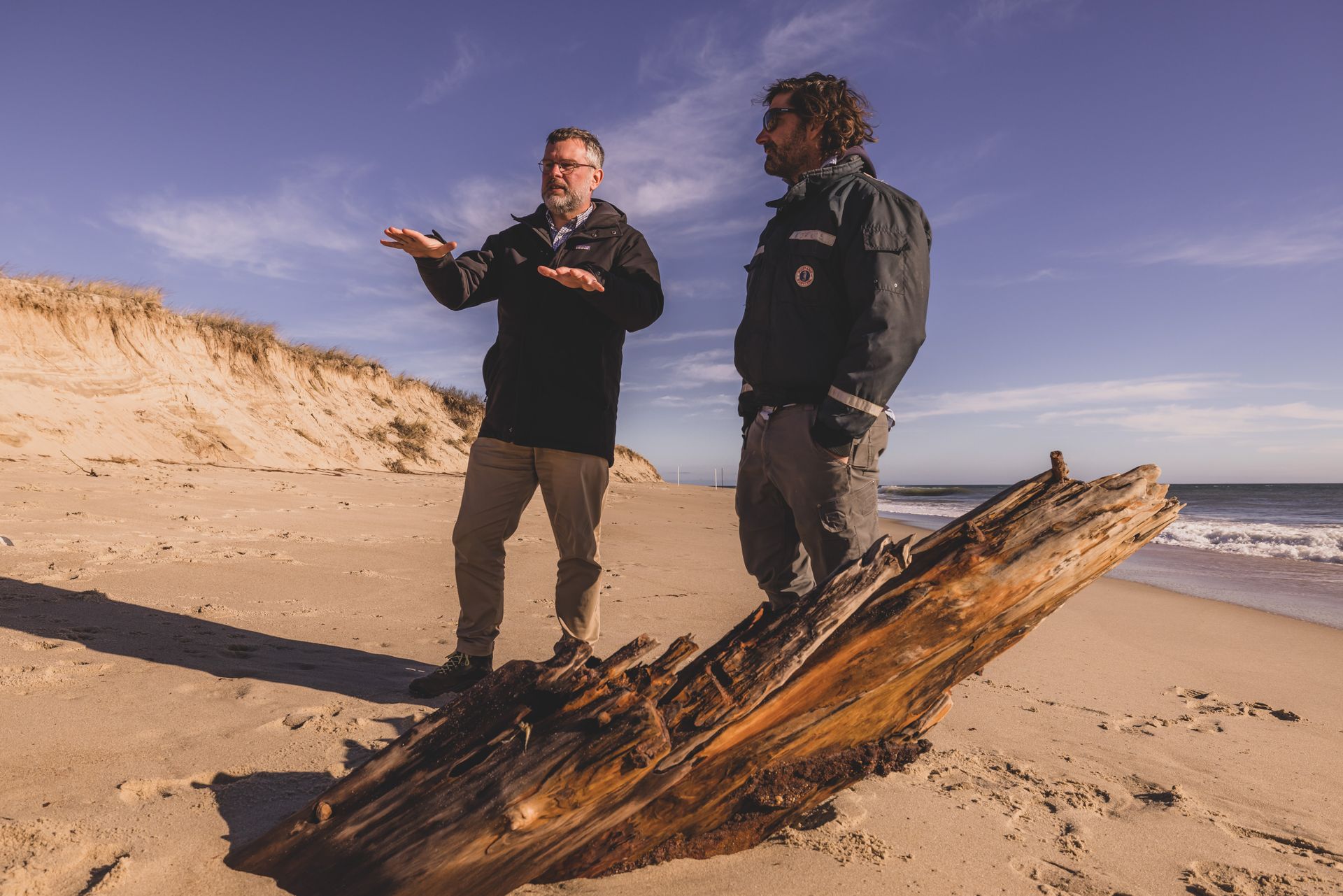

As for the temptation to take a bit of the wreckage as a souvenir, a 1945 edition of The Inquirer and Mirror reported: “The wheel of the Warren Sawyer is now a very attractive chandelier at the Maddequet Admiralty Association’s Clubhouse at Madaket. Wallace Long has her quarterboard fastened to his barn on West Dover street.” However, all the experts involved implore the public to resist the urge if they come upon a similar wreck. “It goes against the old, salty Nantucket habit of putting these things on your mantel,” Schwanfelder says. “I can’t police it, but we’re trying to get the message out.” As for what comes next? Jensen says simply, “We wait until the next time it’s exposed.”
While the team still can’t say with absolute certainty that what they found was the Warren Sawyer, one thing is undeniable: For everyone following the story, the discovery added some excitement to the offseason, and it’s probably just as well that it happened when it did. After all, the stretch of sand behind the sewer beds is the island’s unofficial nude beach, and the investigators could have found themselves picking their way gingerly through a herd of naturists sunning themselves like seals in the altogether. That’s possibly the only thing that could have improved this classic Nantucket tale.

